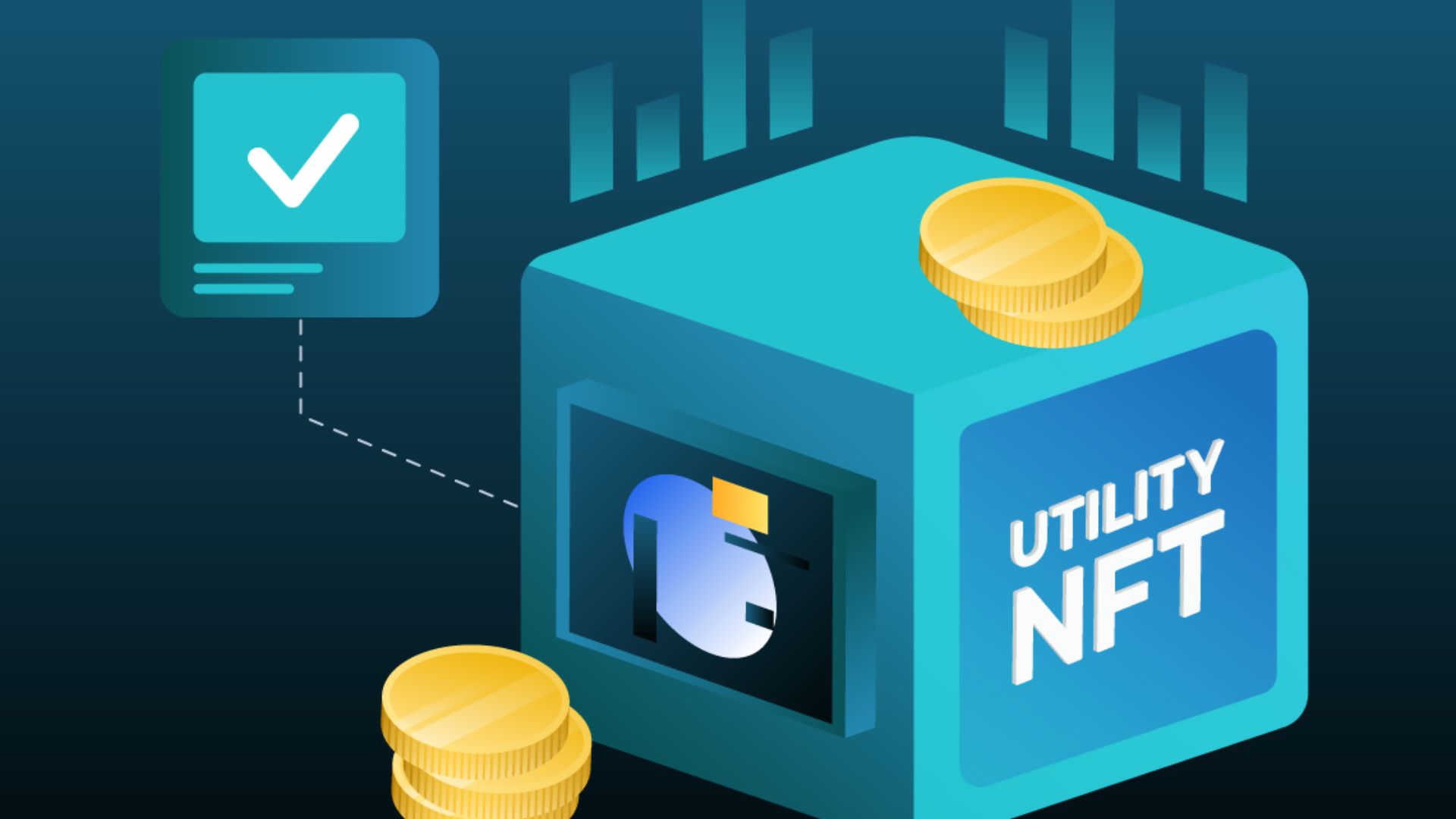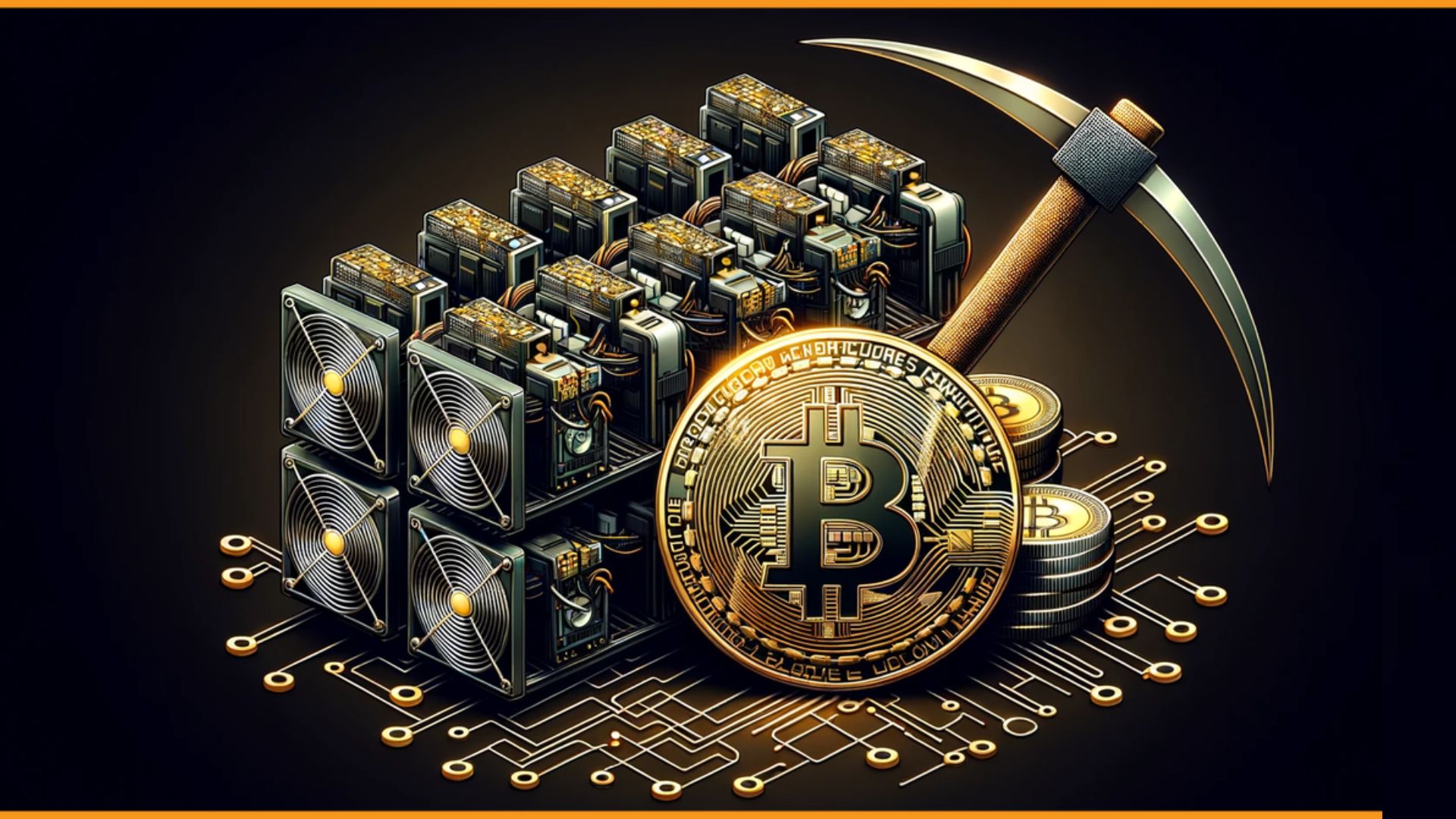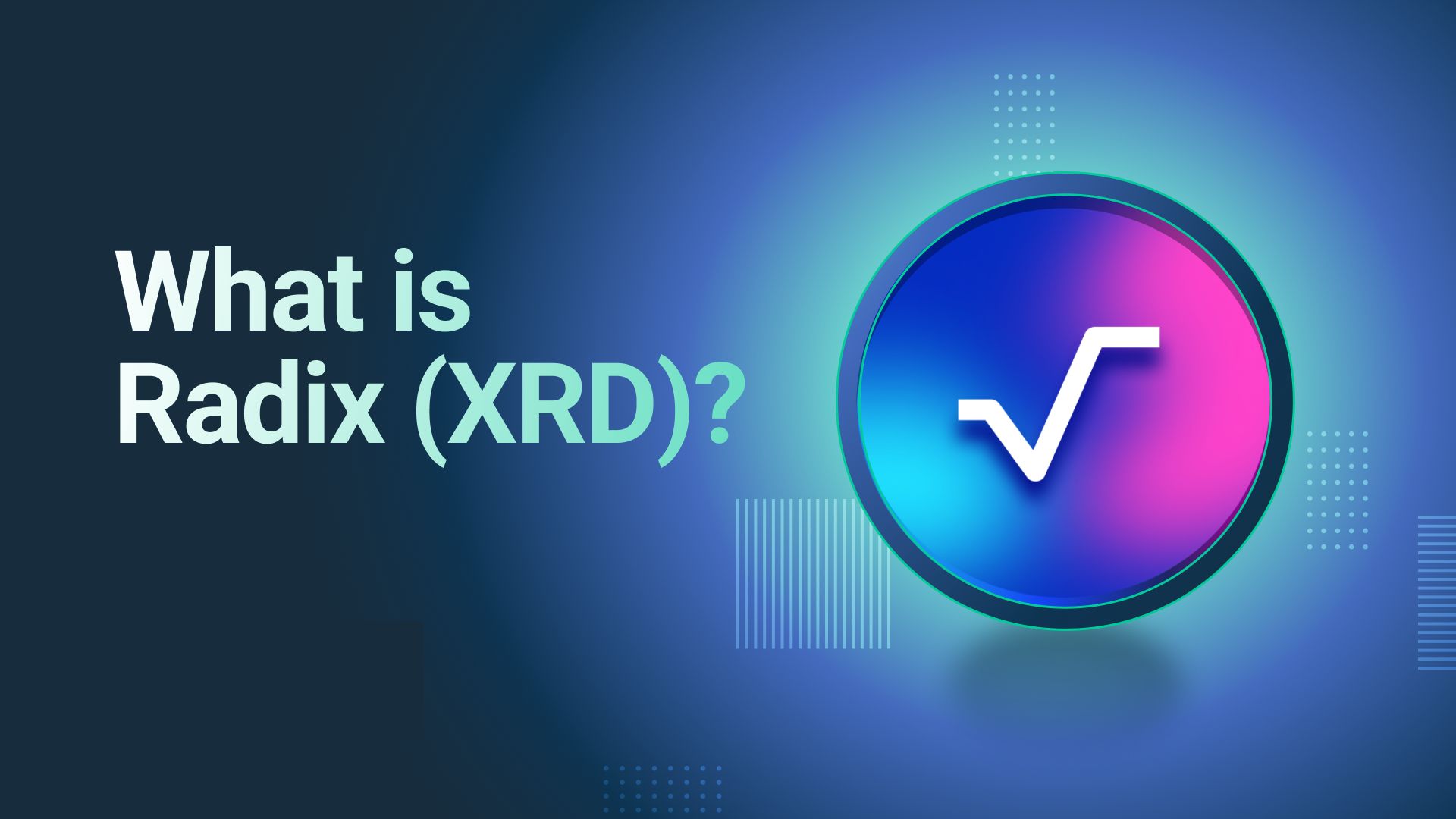Altcoins vs Stablecoins: Key Comparison 2024

Altcoins vs Stablecoins: Key Comparison 2024. Any digital money other than Bitcoin is called an “altcoin” 42,946.00 bitcoins. There are a lot of altcoins out there, and they compete with Bitcoin in terms of functionality. Any major cryptocurrency exchange will allow you to trade altcoins. This article contrasts altcoins and stablecoins and discusses their uses. The essay finishes with a comparison of some prominent stablecoins.
What is a Stablecoin?

Stablecoins aim to maintain price stability in the cryptocurrency market. A stablecoin seeks to maintain value regardless of market volatility. DAI is tied to $1, the US dollar. Thus, 1 DAI always equals $1. A stablecoin’s market value can be tied to any asset. There are no “best” stablecoins, although their value is usually fixed to the US dollar. A stablecoin can be algorithmically linked to another crypto. USDT$1.00 is recognized as the first stablecoin, but there are many more.
Altcoins vs Stablecoins: Key differences
Altcoins and stablecoins differ mainly in aim and operation. Stablecoins are designed as a hedge against cryptocurrency price volatility. Please note that stablecoins have set cash reserves. Altcoins differ from Bitcoin by offering unique features, such as access to decentralized finance (DeFi) instruments. Smart contracts enable speedier transactions and reduced fees compared to Bitcoin.
Altcoin prices fluctuate like Bitcoin. By strengthening Bitcoin’s consensus mechanism, the best altcoins can gain market share. Early investors can get huge ROI from them. Stablecoins have lower ROI. Although stablecoin interest rates range from 5% to 20%, traders are drawn to more than just big payouts. Stablecoins allow users to code new design enhancements into the crypto token and don’t require on-ramp fiat. Although stablecoins are less beneficial for investors, their constant price makes them essential for fast cryptocurrency transfers.
Is Ethereum an Altcoin?
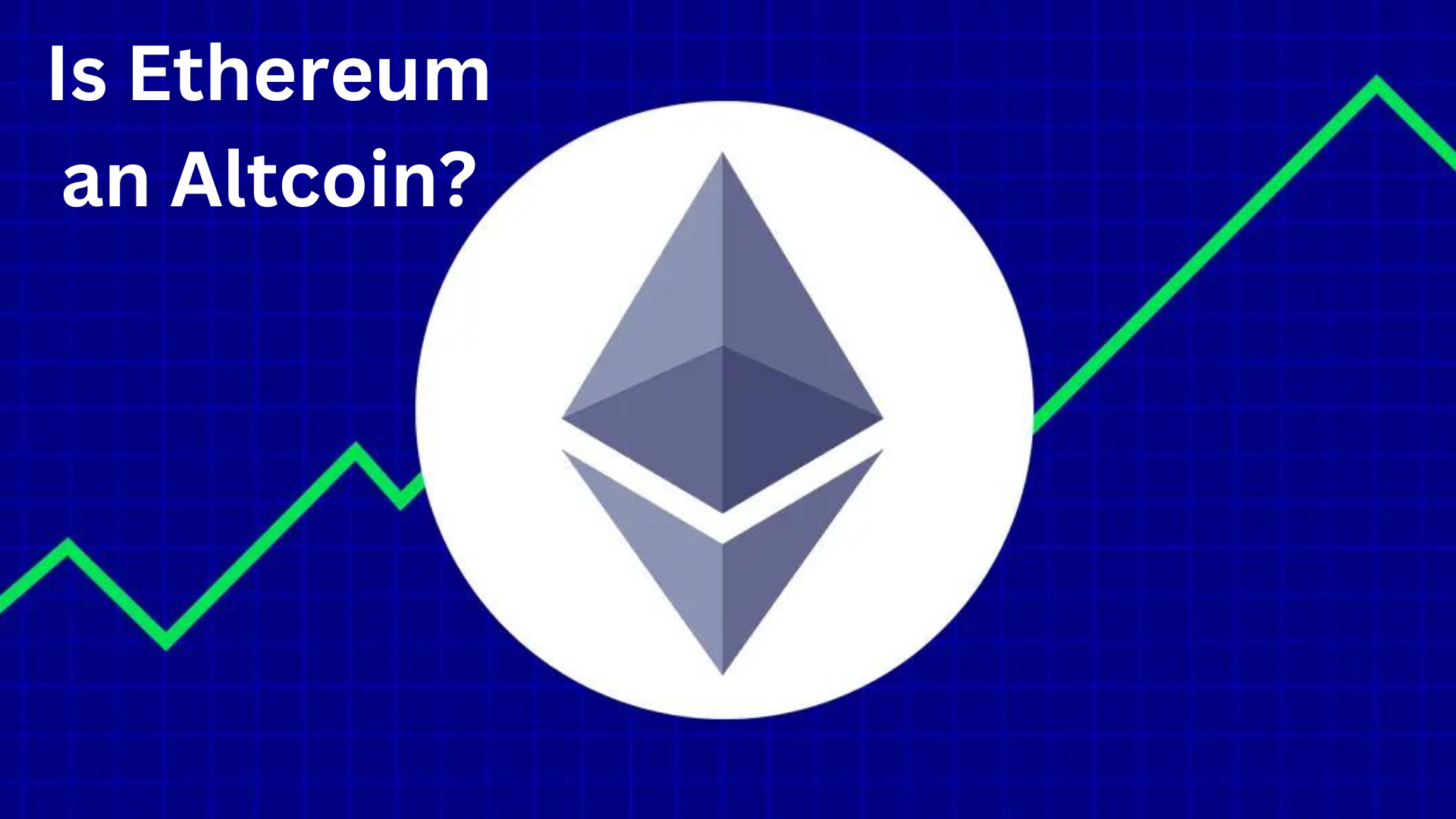
In terms of trading volume and TVL, ETH$2,318 is the most widely used altcoin. (Ethereum is the network on which ETH, the native token, runs.) Since Ethereum was the first blockchain to include smart contract capability, some investors feel it should not be classified as an altcoin. Despite this, BTC and ETH continue to rank among the world’s most popular cryptocurrencies. Ethereum is an altcoin. That much is certain.
When to Hold Altcoins vs Stablecoins
Since Altcoins and Stablecoins serve distinct purposes, it can be advantageous to possess both types of cryptocurrency. A trader may opt to hold a larger proportion of altcoins in their portfolio as opposed to stablecoins or the other way around. Investment goals, risk appetite, and market conditions all play a role in determining how a portfolio is allocated.
When to Hold Altcoins
Several cryptocurrency enterprises are entering the market rapidly. The following traits attract investors to these coins. Save money, investors. Big cryptocurrencies like Bitcoin and Ethereum are expensive. Smaller market caps mean lower prices for other cryptocurrencies. Anxious cryptocurrency beginners might start with this simpler strategy. Rewards can be rich. If you invest in new or rising assets, you can make money fast. High-risk investors should monitor the most popular cryptocurrencies and buy them regularly for the best rewards. Short-term investments. Altcoins are good investments for short-term traders. Consider buying $1,318.57 in ETH, $0.51 in Ripple, $100 in Solana, $68.26 in Litecoin, and $0.7951 in PolygonMATIC in 2022. Binance and Coinbase let traders trade respectable cryptocurrencies.
What is Altcoin Season?
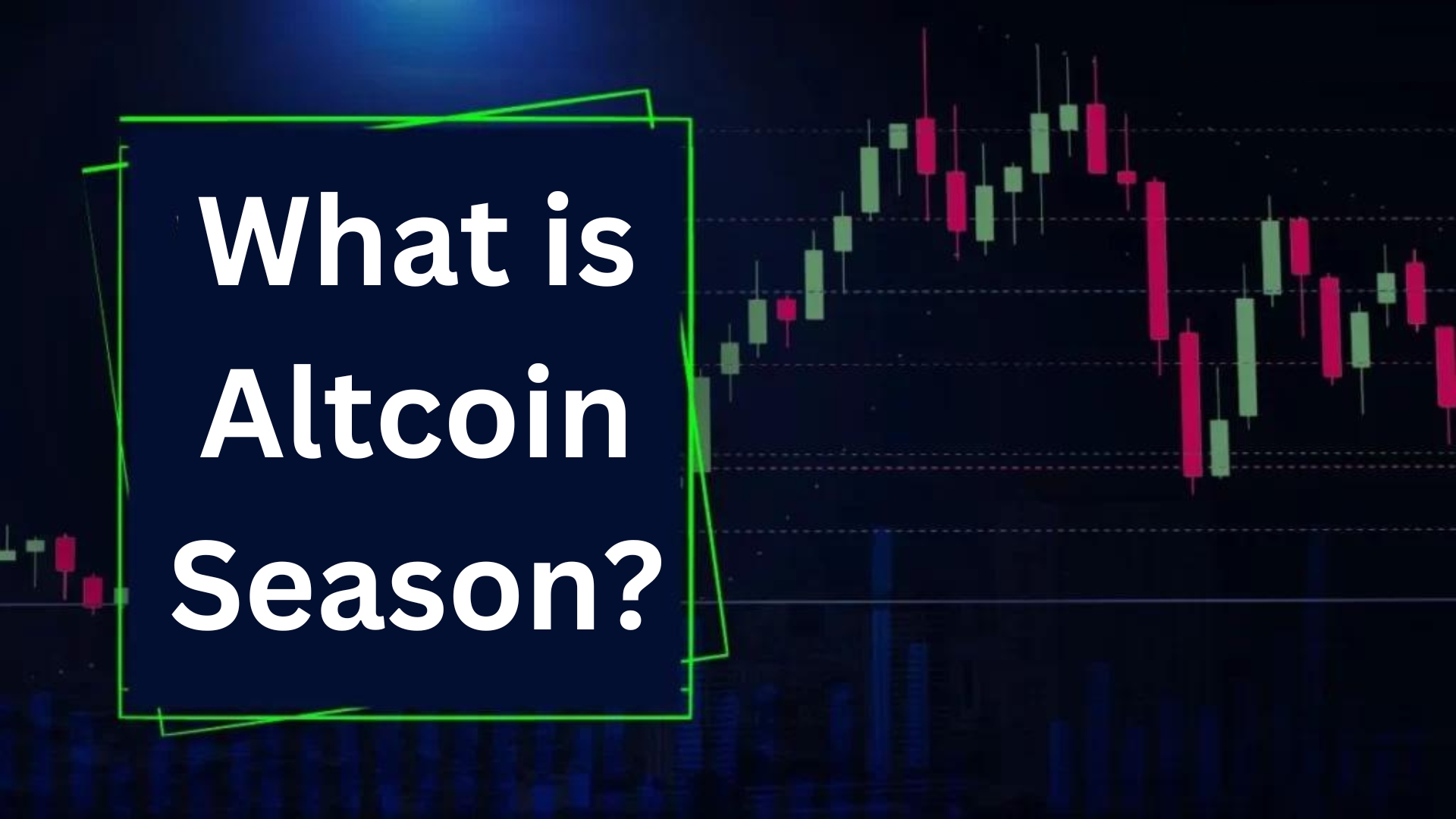
Altcoins, according to popular belief, tend to do better just after a Bitcoin boom. People are calling this the “altcoin season.” The idea behind this trend is that altcoins will experience a boom in value when Bitcoin’s price stays flat. Once every three months, there comes a time when almost all of the top fifty altcoins have performed better than Bitcoin. This is called an altcoin season. Nevertheless, crypto markets are volatile, and it’s difficult to predict when an altcoin season will arrive.
When to Hold Stablecoins
If you want to protect yourself from inflation or the wild price swings of cryptocurrencies, stablecoins are a good bet. Stablecoins are a smart asset to have on hand for escrow and trade.
Trading
For traders and exchanges looking to diversify their token holdings away from volatile cryptocurrencies without having to convert to fiat, stablecoins are a popular alternative. Cryptocurrency investors can hedge their bets against large price fluctuations by shifting some of their assets into stablecoins. Following that, the trader can secure a protocol with their stablecoins, which will result in significant yields. Trading stablecoins allows the trader to diversify their cryptocurrency holdings without taking a loss.
Leverage
You can use stablecoins as collateral and trade on margin with up to 5x leverage with some margin protocols like dYdX. One of the many advantages, if not the most apparent, is that it allows cryptocurrency traders to take long or short bets straight from their cryptocurrency wallets. Stablecoins like MakerDAO’s DAI, USD Coin, Binance USD, and Terra USD are among the most widely used ones.
Why Stablecoins Interest Rates are so High

Stablecoins are in high demand, and supply is often falling short. Since DeFi protocols do away with economic rents, stablecoin interest rates are greater than fiat currency rates. Also, the high interest rates are because these protocols need to encourage investors to supply liquidity. (The rates should fall in line with the growth of the TVL of these protocols.) To entice new lenders, cryptocurrency exchanges that need stablecoin liquidity offer hefty interest rates. Trading platforms are prepared to give stablecoin consumers greater interest rates because their value remains fixed.
Other alternative cryptocurrencies have higher price volatility and are thus a riskier store of value, which is why exchanges typically provide lower interest rates for them. Altcoins vs Stablecoins like Ethereum (ETH) have interest rates between five and eight per cent. On the other hand, stablecoins frequently come with interest rates of 10% or higher.
How to Use Stablecoins as a Hedge Against Inflation
One big issue with fiat currencies is inflation. The fiscal policy decisions made by the governments and central banks of different countries determine the value of various currencies. A nation’s currency is only worth what the public is willing to pay for it. A country’s currency is worth what its government decides it is (“Fiat” translates to “It shall be” in Latin). When trust in the government that prints money dwindles that money may soon be worthless. The value of many fiat currencies is low when compared to stronger ones because of the widespread inflation that these currencies experience.
To protect themselves against inflation, stablecoins work as follows. It could be challenging to transform a local currency that has lost value into a stable international currency using traditional banking procedures. However, stablecoins make it possible for anybody with an internet connection to buy an asset with the same value as fiat currency, no matter where they are in the globe. At all times, the tokens’ value will correspond to that of their assigned currency. This means that people can keep more of their hard-earned money using stablecoins.
How Stablecoins Hedge Against Crypto Market Volatility
Here’s an example of how stablecoins can help you weather the storm of cryptocurrency market volatility: So, let’s pretend the price of ETH is $3,000. But every few days, the value falls to $2,000 because of price swings. Traders can hedge their bets against potential losses by exchanging Ether for a stablecoin when the price is approaching its peak. So, they may buy three thousand USD for one dollar apiece. In this manner, even if ETH prices return to $2,000, they will still have $3,000 in their possession. This is the moment when investors have the option to reinvest.
Issues with Stablecoins

Is there a physical vault where stablecoins’ USD equivalents are stored? Stablecoins have raised this question. Stablecoins that are backed by fiat currency have real-world financial reserves that ensure a $1 peg per coin. For the sake of openness, the money must undergo audits by outside parties. However, cryptocurrency markets are still very much uncontrolled. Some experts worry that well-known stablecoin projects lack the capital to back their tokens, casting doubt on the viability of fiat-pegged stablecoins.
Tether (USDT)
One example of analysts doubting the stablecoin’s backing by actual assets in a vault is the Tether USDT$1.00 issue. Tether revised its March 2019 website to state that it was 100% supported by USD, meaning that it was backed by cash assets only. According to the updated website, Tether is “100% backed by reserves,” which can consist of various assets like as cash, non-cash assets, assets with cash equivalents, and loans.
April 2019 saw Tether do the same thing again, this time claiming 74% backing from “cash and cash equivalents.” Following an investigation by the New York Attorney General’s office into the business’s allegations, the corporation officially agreed to pay a fine of $18.5 million in February 2021. Cash accounts for just 2.9% of the underlying assets, according to the data they made public.
USD Coin
Instead of USDT, some investors and dealers use USDC. Visa and Moneygram are among the financial organizations that have implemented USDC. Fidelity, Marshall Wace, and Bloomberg are among the noteworthy companies that have invested in its parent company, Circle. Even though USDC is also dollar-pegged, investors and traders prefer it over Tether because of its greater transparency and the fact that actual assets back it. Circle publishes an independent verification of its cash reserves monthly. This certification has been authorized by Grant Thornton LLP, the US’s sixth-largest accounting company.
Nevertheless, research shows that the amount of USDC backed by cash and equivalents is only approximately 60%. Debt instruments, both short- and long-term, including bonds and US Treasury bills, make up the rest of the assets.
MakerDAO’s DAI stablecoin
Stablecoins backed by debt, such as USDC, have less volatility but a higher chance of complete value loss. With DAI and other algorithmic crypto-backed stablecoins, this is less likely to happen. Stablecoins that use algorithms to control supply maintain constant pricing. To create scarcity, algorithmic stablecoins repurchase tokens when their prices drop too low. Conversely, when prices get out of hand, additional tokens are produced and made available for purchase in order to increase the supply.
By utilizing Ethereum smart contracts, the DAI stablecoin streamlines this procedure. Compared to keeping reserves, using an algorithm saves money. But when market volatility is high, the algorithm might not work as effectively as expected, and the price of the stablecoin could also vary, opening the door to arbitrage opportunities.
Altcoins vs Stablecoins: Key Takeaways
Altcoins are valuable assets for cryptocurrency investors, but their prices may be rather volatile. You might get a tenfold return on investment (ROI) from an altcoin, but it could also implode tomorrow. Additionally, there are now too many low-quality ventures in the cryptocurrency market.
Stablecoins, on the other hand, cap losses but are divisive. Whether prominent stablecoin initiatives can keep their declared value during times of significant market volatility is a question that many have. Several criteria, such as the user’s risk tolerance and the ultimate purpose of their portfolio, determine whether stablecoins or altcoins are the better investment options. To limit losses and obtain a delta-neutral portfolio, expert investors may choose to combine the two strategies.

